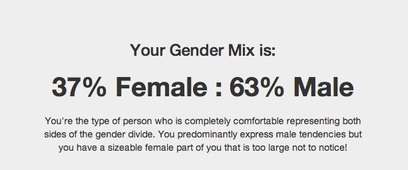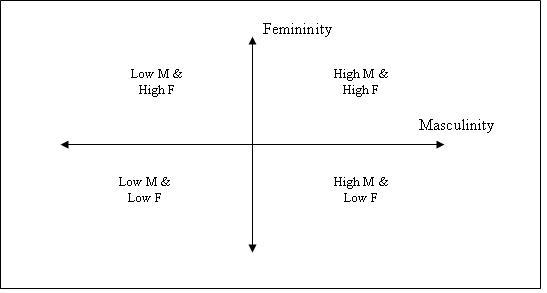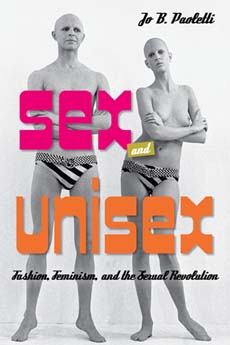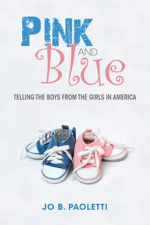Last May, I had one of those interviews, with Shankar Vedantam of NPR’s Hidden Brain. We met at my local mall and strolled around the kids department in Macy’s, chatting about pink and blue, pockets/no pockets, and the missing character on the boys’ Star Wars T-shirts. (Can you guess who it was?) It was a double blast because inside I was fangirling like a twelve-year old. Hidden Brain is one of my favorite podcasts: smart, well-paced, and slickly produced like an audio documentary. And Shankar Vedantam is a great interviewer and host; being on his Rolodex was a dream come true.
So enjoy the podcast episode. Bonus: now I know how Lise Eliot (Pink Brain, Blue Brain) pronounces her name.






